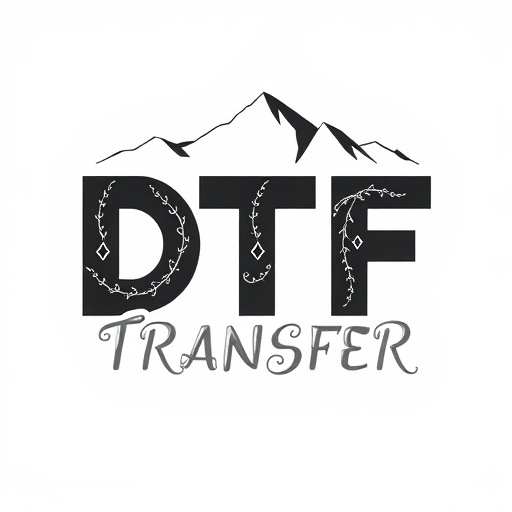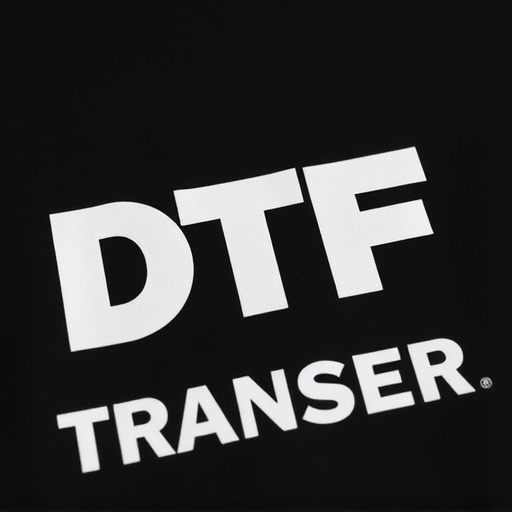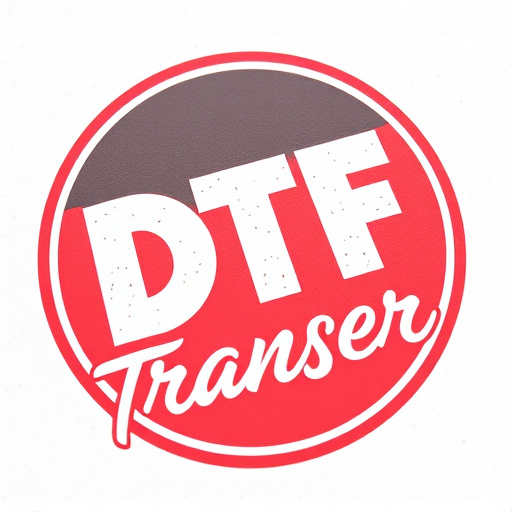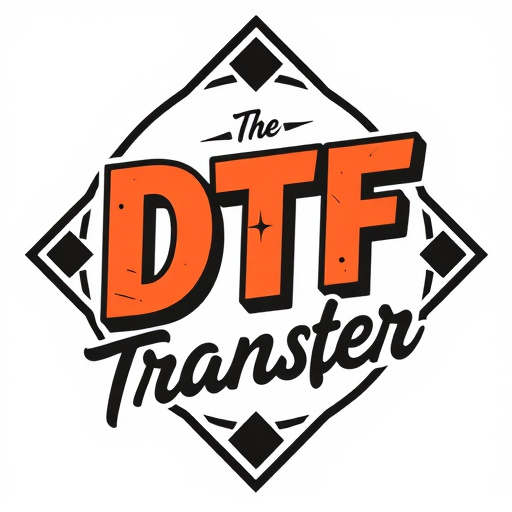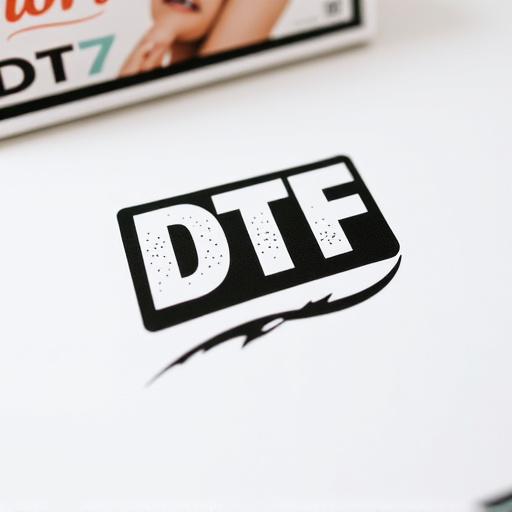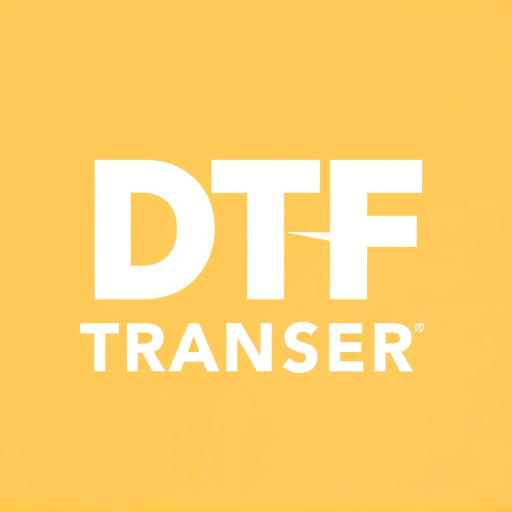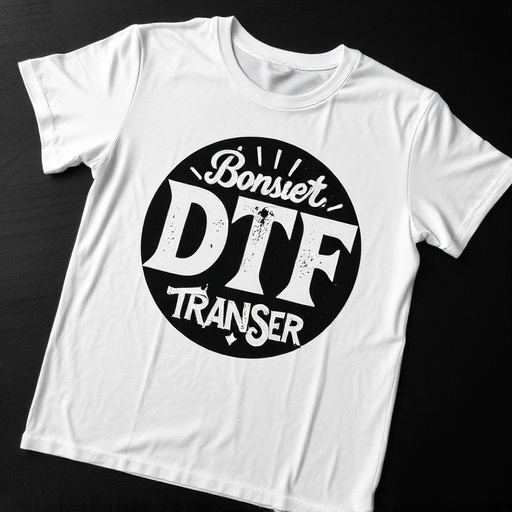Direct-to-Film (DTF) transfer technology revolutionizes content creation, offering faster, cost-effective printing with high-quality visuals. Industry leaders drive innovation in DTF printing, providing eco-friendly options and precise frame-by-frame reproduction for films, fashion, signage, and more. DTF's benefits include streamlined production, vibrant colors, intricate details, and an authentic film experience, appealing to independent filmmakers, collectors, and brands seeking unique designs. Its growing popularity is evident in diverse applications from murals to product packaging, driven by technological advancements and shifting consumer preferences for sustainability and creativity.
In the dynamic landscape of film production, Leading businesses specializing in direct-to-film (DTF) transfer production are revolutionizing the way filmmakers bring their visions to life. This cutting-edge technology, known as DTF, offers unparalleled quality and efficiency for various media applications. From understanding the core principles of DTF technology to exploring its multifaceted benefits, this comprehensive guide delves into the world of DTF Transfer, highlighting top innovators, successful case studies, and future trends shaping this game-changing industry. Discover why DTF Printing is becoming an indispensable tool for filmmakers worldwide.
- Understanding Direct-to-Film Transfer (DTF) Technology
- Top Businesses Innovating DTF Transfer Production
- The Benefits of Choosing DTF Printing for Filmmakers
- Case Studies: Successful DTF Prints in Action
- Future Trends Shaping the DTF Industry
- A Comprehensive Guide to DTF Transfer Services
Understanding Direct-to-Film Transfer (DTF) Technology
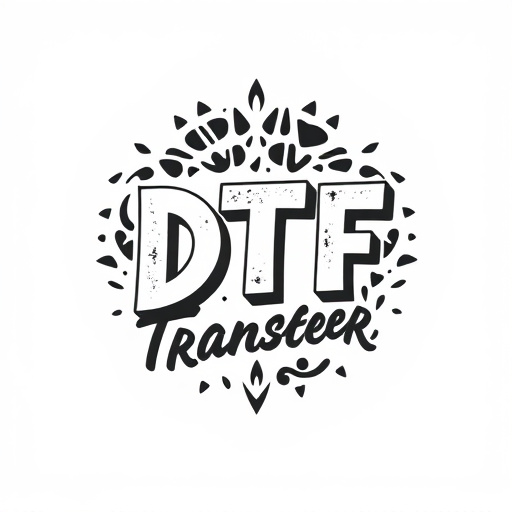
Direct-to-Film Transfer (DTF) technology is a cutting-edge process that revolutionizes the way we create and reproduce high-quality prints, especially in the film industry. It involves a direct printing method where digital images are transferred onto various materials, including film stock, enabling efficient and precise duplication of content. With DTF, businesses can produce accurate prints without the need for traditional intermediate steps, resulting in enhanced efficiency and superior visual fidelity.
DTF Transfer offers several advantages, such as faster production times, reduced costs, and improved consistency in print quality. This technology is particularly beneficial for film studios, independent filmmakers, and businesses specializing in special effects, as it allows them to quickly create multiple copies of scenes or entire films with minimal effort. DTF Printing ensures that each frame is reproduced accurately, making it an indispensable tool for achieving exceptional visual results on the big screen.
Top Businesses Innovating DTF Transfer Production
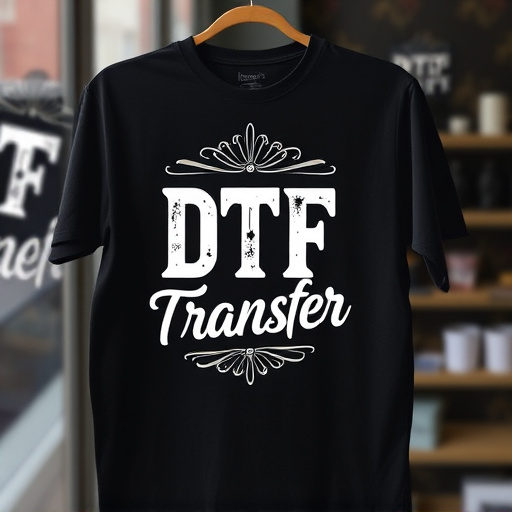
In the realm of direct-to-film (DTF) transfer production, several businesses stand out as true innovators, revolutionizing the way DTF prints are created and utilized. These leading companies are pushing the boundaries of what’s possible in DTF transfer, offering cutting-edge solutions that enhance quality, speed, and efficiency. With advanced technologies like improved DTF printing techniques and innovative material science, they ensure every print is not just a reproduction but an exact replica of the original artwork.
Their contributions include developing high-resolution DTF prints with vibrant colors and exceptional detail, catering to diverse industries such as fashion, signage, and even film production. These businesses also focus on sustainable practices, offering eco-friendly DTF transfer options that minimize waste without compromising quality. Their commitment to innovation has made DTF transfer a go-to method for many, fostering a dynamic and ever-evolving landscape in the world of printing and production.
The Benefits of Choosing DTF Printing for Filmmakers
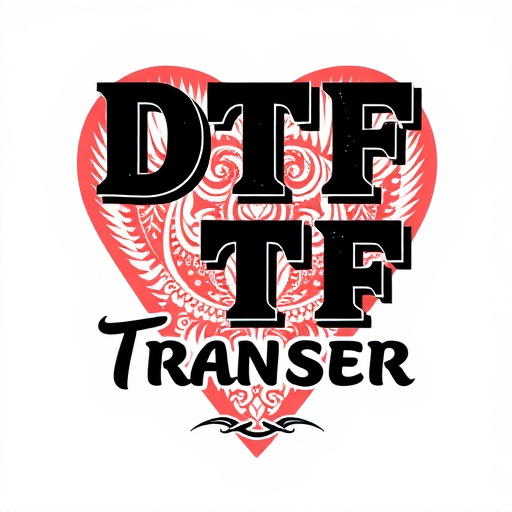
Choosing Direct-to-Film (DTF) transfer production offers filmmakers numerous advantages. Firstly, DTF printing enables incredibly high-quality results, producing sharp details and vibrant colours that are indistinguishable from traditional film prints. This is particularly beneficial for independent filmmakers looking to create stunning visuals without breaking the bank on expensive equipment or post-production processes.
Additionally, DTF technology streamlines the production process by eliminating the need for intermediate steps like scanning or digitising footage. Filmmakers can directly transfer their source material onto film stock, resulting in faster turnaround times and more cost-effective solutions. Furthermore, DTF prints offer a level of authenticity that digital copies simply cannot match, making them ideal for collectors, cinephiles, and anyone who appreciates the timeless beauty of traditional film.
Case Studies: Successful DTF Prints in Action
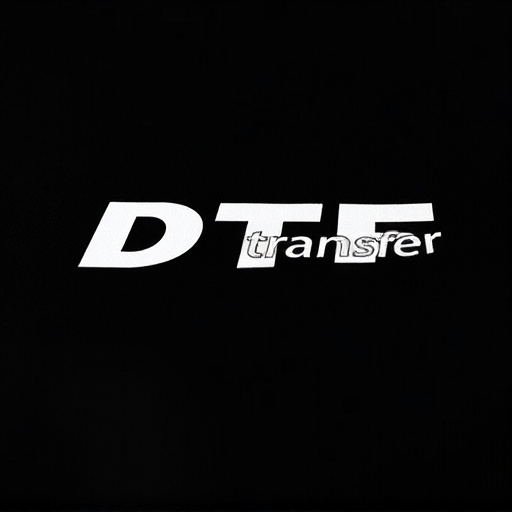
Direct-to-film (DTF) transfer production has gained significant traction in recent years, with businesses specializing in this technology delivering stunning results across various industries. Case studies showcase the versatility and effectiveness of DTF prints, demonstrating their impact in both artistic and commercial settings. From vibrant murals adorning city walls to intricate designs on product packaging, DTF transfers offer a unique and visually appealing alternative to traditional printing methods.
Successful DTF prints can be seen in action at various events and locations. For instance, many outdoor festivals feature elaborate DTF-printed installations that enhance the overall experience. In retail, product manufacturers utilize DTF technology for customized, eye-catching packaging, setting their brands apart. Moreover, fashion designers incorporate DTF transfers onto clothing and accessories, enabling them to bring unique, limited-edition designs to market swiftly and cost-effectively. These real-world applications underscore the growing importance of DTF transfer production in enhancing visual communication and branding across sectors.
Future Trends Shaping the DTF Industry
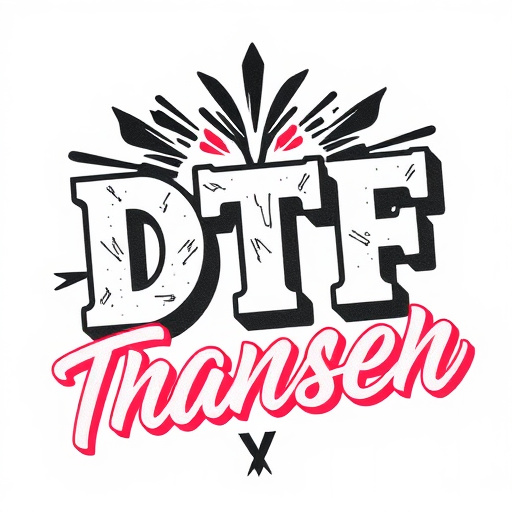
The direct-to-film (DTF) transfer production industry is constantly evolving, driven by technological advancements and shifting consumer preferences. One prominent trend shaping the future of DTF is the integration of digital printing technologies, allowing for more intricate and personalized designs. With advancements in DTF printing, businesses can now offer high-resolution prints on a wide range of materials, catering to diverse market demands. This shift enables creators and brands to bring their vision to life with greater precision and creativity.
Additionally, sustainability is becoming a key focus for many DTF specialists. As environmental consciousness grows, there is a growing demand for eco-friendly DTF transfer solutions. Businesses are exploring sustainable materials and processes, ensuring that the production of DTF prints minimizes their carbon footprint. This trend not only aligns with consumer expectations but also positions DTF companies as responsible contributors to a greener future.
A Comprehensive Guide to DTF Transfer Services
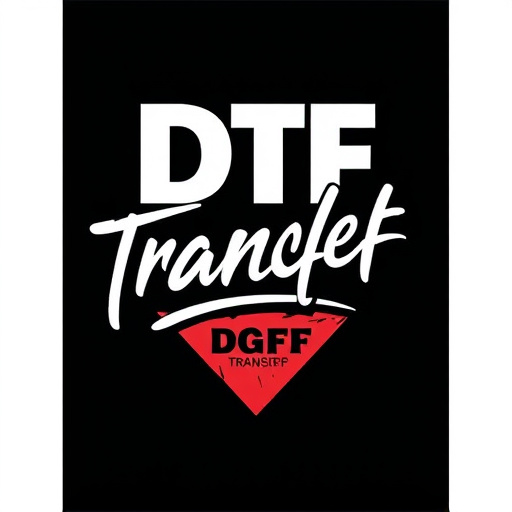
Direct-to-film (DTF) transfer production is a specialized service that allows businesses to create high-quality prints directly on film, eliminating the need for traditional printing methods. This cutting-edge process has revolutionized the way films are produced and marketed, offering numerous advantages such as faster turnaround times, superior image quality, and cost-effectiveness. DTF transfer services cater to various industries, including animation, visual effects, and short-run print production.
Businesses seeking DTF transfer services can expect a comprehensive process that begins with file preparation, where digital assets are optimized for printing. Next, advanced equipment and inks are used to precisely transfer the design onto the film, ensuring vibrant colors and sharp details. The final step involves quality control checks to guarantee the prints meet industry standards. By choosing DTF Printing, companies can achieve exceptional results, whether it’s for small batches of promotional materials or large-scale film projects, ensuring their visual content stands out in today’s digital landscape.
